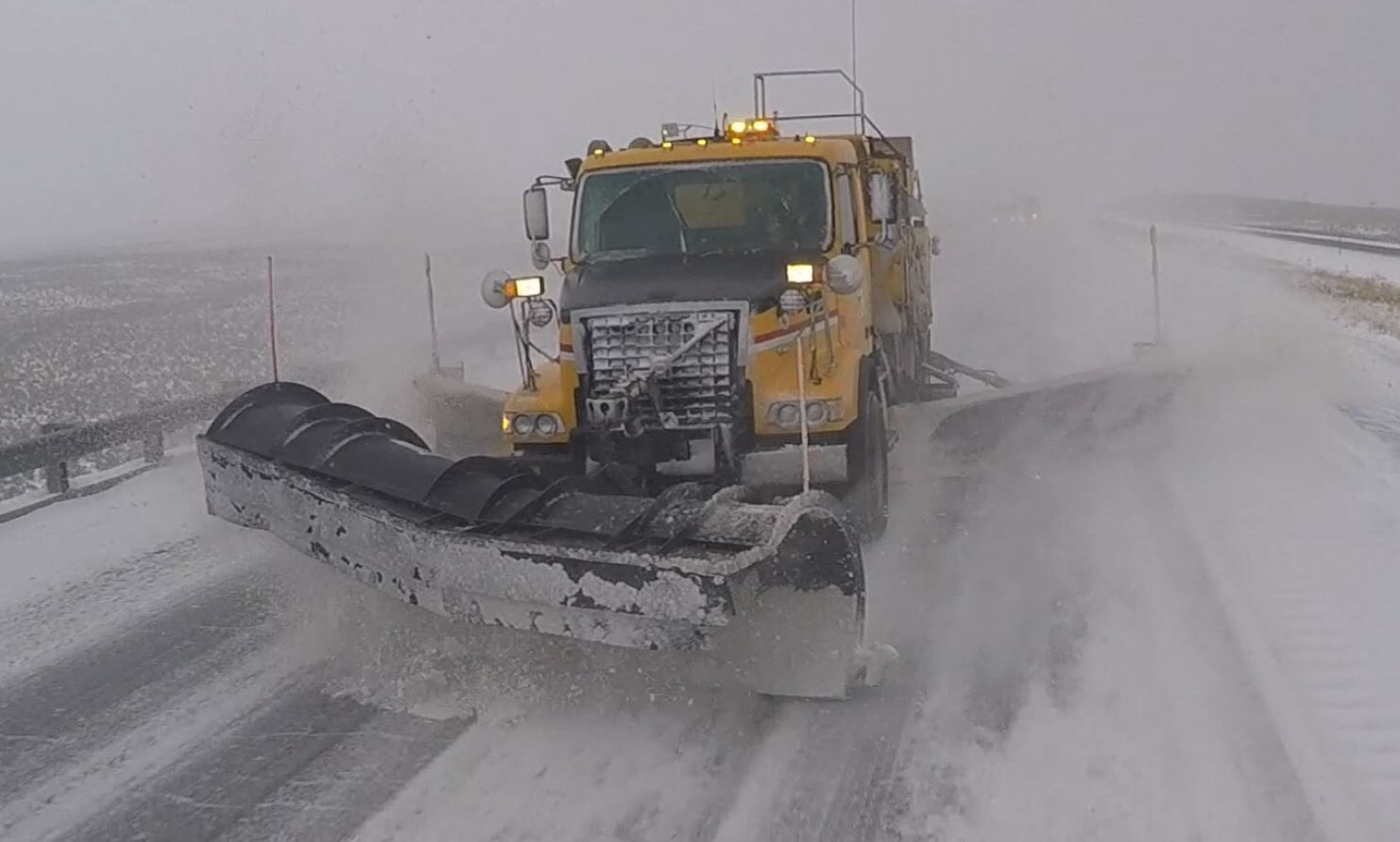Farmers brace for plague of grasshoppers
Published 12:00 am Monday, June 23, 2008
By JAYSON JACOBY
Trending
Baker City Herald
Brent Thompson’s boots have lately been kicking up a lot of little grasshoppers and potentially a very big problem on his potato farm.
The voracious vegeterian insects, which infested more than half a million acres in Northeastern Oregon last summer, apparently weathered the region’s hard winter with aplomb.
Trending
State officials think this year’s plague could be worse still.
andquot;We’ve got to do something before they get bigger,andquot; Thompson said this morning in an interview via his cell phone while he was irrigating his fields near Highway 30 between Haines and North Powder.
andquot;They were pretty bad last year, and it looks like it could be worse this year.andquot;
It might be worse already, said Cory Parsons, Oregon State University extension agent for Baker County.
Officials from the Oregon Department of Agriculture counted as many as 80 to 100 grasshoppers per square yard in areas they surveyed between Baker City and North Powder on Thursday, Parsons said.
Although andquot;countedandquot; might overstate the matter.
andquot;There were actually too many to count, Parsons said. andquot;The ground was just crawling with grasshoppers. We’ve got grasshoppers from Ladd Canyon all the way to Huntington.andquot;
Parsons said officials from the state and federal governments want to attack the hoppers before they lay waste to fields of potatoes, wheat, alfalfa and other crops that add tens of millions of dollars to the region’s economy each year.
To that end, the Oregon and federal departments of agriculture, along with the OSU Extension Service, have scheduled a strategy session of sorts on Tuesday afternoon from 3 o’clock to 5 o’clock at the Baker County Events Center the former National Guard armory at 2600 East St. in Baker City (one block north of Campbell).
Parsons encourages all local farmers and ranchers to attend Tuesday’s meeting, which is also open to the general public.
andquot;It won’t do any one landowner any good to spray his own property if the neighboring property isn’t sprayed,andquot; Parsons said. andquot;We’re trying to get landowners together to deal with this infestation.andquot;
Parsons said the Bureau of Land Management already has applied for federal dollars to pay for spraying grasshoppers on public land.
Timing is crucial, Parsons said.
When grasshoppers are still in the immature stage, as most are now, helicopters can control the pests by spraying insecticides that kill grasshoppers but don’t harm desirable insects such as honey bees and other pollinators.
But once the grasshoppers grow into winged adults, which are capable of flying for many miles in massive swarms, the only way to stymie the insects is to spray pesticides that kill most insects including valuable species such as bees.
andquot;We’re trying to avoid damage to those non-target species,andquot; Parsons said.
The grasshoppers state officials saw late last week in Union and Baker counties probably will get their wings within one to three weeks, depending on the weather, Parsons said.
The outbreak started last year when grasshoppers primarily the clearwinged variety infested almost 600,000 acres in Union and Baker counties, according to the Oregon Department of Agriculture.
Each female grasshopper lays as many as 200 eggs in the soil, and in some places there were as many as 100,000 eggs per square foot of ground, said Helmuth Rogg, an entomologist with the agriculture department.
Although grasshopper eggs are vulnerable to frigid temperatures, this past winter’s deep snow might have insulated the eggs, Parson said.
He points out, though, that the hard winter might have helped pare the hopper population.
Or, as Rogg put it in an interview with reporter Ethan Schowalter-Hay of The Observer in La Grande: andquot;If we wouldn’t have had that cold winter and late spring, we would have been up to our eyeballs in grasshoppers.andquot;









